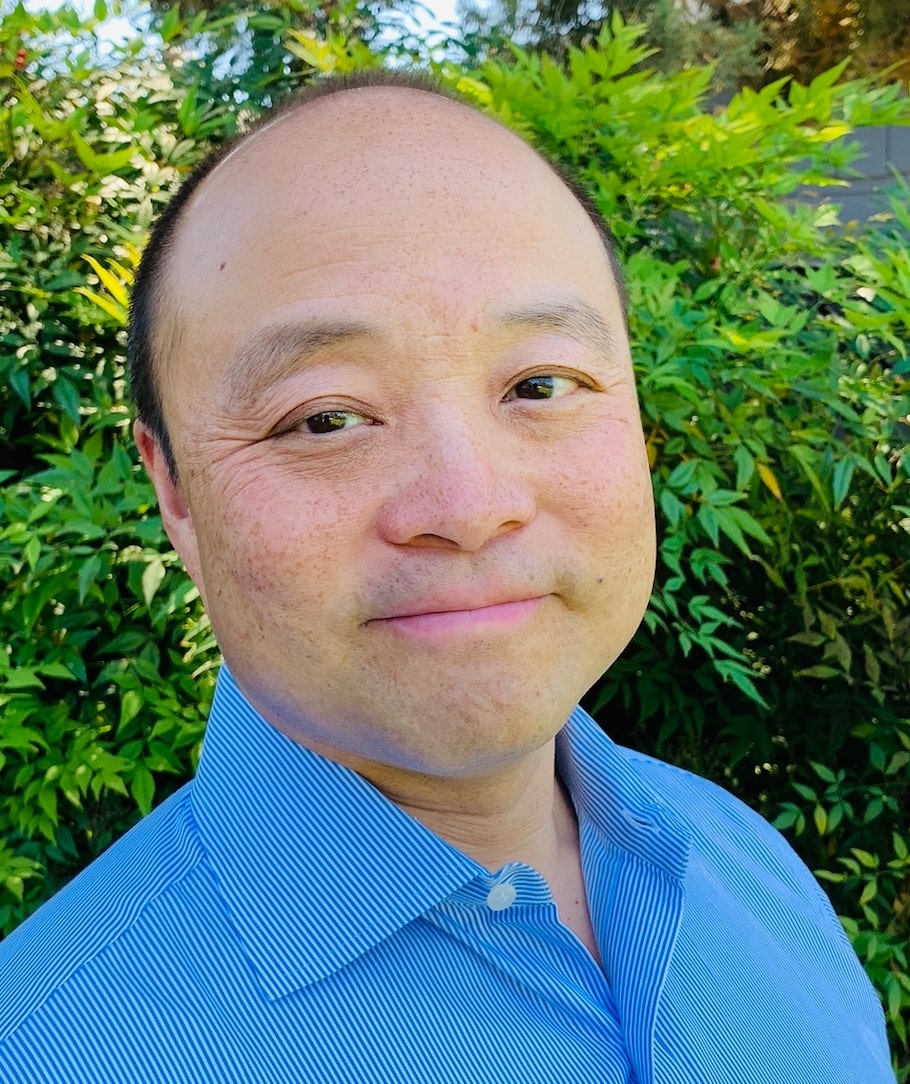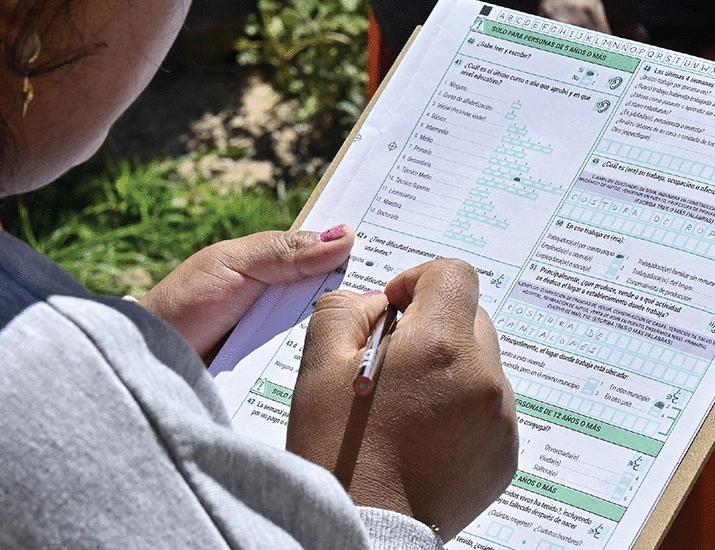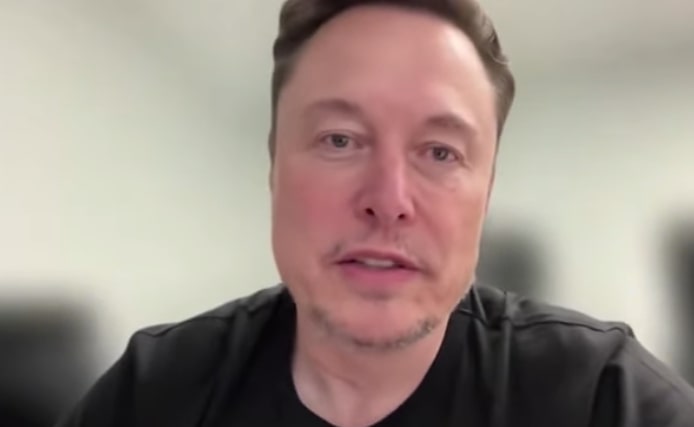Now Reading: Superintelligence in 2026 or 2032
-
01
Superintelligence in 2026 or 2032
Superintelligence in 2026 or 2032

AI experts have disagreement over when we will achieve superintelligence. Elon Musk thinks it will happen in 2026 or 2027 but others think it will be 2032 or 2045.
Those who think it will take longer point out the lack of continual learning. Dwarkesh Patel makes the case for the importance of continual learning.
Dwarkesh expects AI data center compute scaling to slow down massively within 4 years. This is at the 4X per year pace. However, XAI could scale by 50X with 10X the chips and 5X better chips by the first half of 2026 with one million B200 or B300s. Getting more compute and other advances 2-3 years earlier and still having 1000X more compute scaling would offer more improvements sooner even with diminishing returns from pre-training.
There will be more compute scaling gains from ASIC chips. Hardcoding the AI operations into the chips.
If Elon and Tesla solve robotaxi, robotrucking and humandoid robotics at scale there will be a lot more money and value from monetizing greater intelligence. Solving coding would provide huge economic value and signal. So getting to trillions in economic revenue from AI is key to powering a faster flywheel of improvement.
A fundamental problem is that LLMs don’t get better over time the way a human would. The lack of continual learning is a huge huge problem. The LLM baseline at many tasks might be higher than an average human’s. But there’s no way to give a model high level feedback. You’re stuck with the abilities you get out of the box. The reason humans are so useful is not mainly their raw intelligence. It’s their ability to build up context, interrogate their own failures, and pick up small improvements and efficiencies as they practice a task.
There is a new MIT paper about Self-Adapting Language Models.
Large language models (LLMs) are powerful but static; they lack mechanisms to adapt their weights in response to new tasks, knowledge, or examples. We introduce Self-Adapting LLMs (SEAL), a framework that enables LLMs to self-adapt by generating their own finetuning data and update directives. Given a new input, the model produces a self-edit-a generation that may restructure the information in different ways, specify optimization hyperparameters, or invoke tools for data augmentation and gradient-based updates. Through supervised finetuning (SFT), these self-edits result in persistent weight updates, enabling lasting adaptation. To train the model to produce effective self-edits, we use a reinforcement learning loop with the downstream performance of the updated model as the reward signal. Unlike prior approaches that rely on separate adaptation modules or auxiliary networks, SEAL directly uses the model’s own generation to control its adaptation process. Experiments on knowledge incorporation and few-shot generalization show that SEAL is a promising step toward language models capable of self-directed adaptation.
Dwarkesh is Bullish Long term
Dwarkesh is bearish on transformative AI in the next few years. He is bullish on AI over the next decades. When we do solve continuous learning, we’ll see a huge discontinuity in the value of the models. Even if there isn’t a software only singularity (with models rapidly building smarter and smarter successor systems), we might still see something that looks like a broadly deployed intelligence explosion. AIs will be getting broadly deployed through the economy, doing different jobs and learning while doing them in the way humans can. But unlike humans, these models can amalgamate their learnings across all their copies. So one AI is basically learning how to do every single job in the world. An AI that is capable of online learning might functionally become a superintelligence quite rapidly without any further algorithmic progress
Computer Use
Anthropic researchers Sholto Douglas and Trenton Bricken expect reliable computer use agents by the end of next year. We already have computer use agents right now, but they’re pretty bad. They’re imagining something quite different. Their forecast is that by the end of next year, you should be able to tell an AI, “Go do my taxes.” And it goes through your email, Amazon orders, and Slack messages, emails back and forth with everyone you need invoices from, compiles all your receipts, decides which are business expenses, asks for your approval on the edge cases, and then submits Form 1040 to the IRS.
Dwarkesh bets 50-50 dates.
50/50 bet:
2028 — AI can do taxes end-to-end for my small business as well as a competent general manager could in a week: including chasing down all the receipts on different websites, finding all the missing pieces, emailing back and forth with anyone we need to hassle for invoices, filling out the form, and sending it to the IRS.
2032 AI learns on the job as easily, organically, seamlessly, and quickly as a human, for any white collar work. For example, if I hire an AI video editor, after six months, it has as much actionable, deep understanding of my preferences, our channel, what works for the audience, etc as a human would.

Brian Wang is a Futurist Thought Leader and a popular Science blogger with 1 million readers per month. His blog Nextbigfuture.com is ranked #1 Science News Blog. It covers many disruptive technology and trends including Space, Robotics, Artificial Intelligence, Medicine, Anti-aging Biotechnology, and Nanotechnology.
Known for identifying cutting edge technologies, he is currently a Co-Founder of a startup and fundraiser for high potential early-stage companies. He is the Head of Research for Allocations for deep technology investments and an Angel Investor at Space Angels.
A frequent speaker at corporations, he has been a TEDx speaker, a Singularity University speaker and guest at numerous interviews for radio and podcasts. He is open to public speaking and advising engagements.























